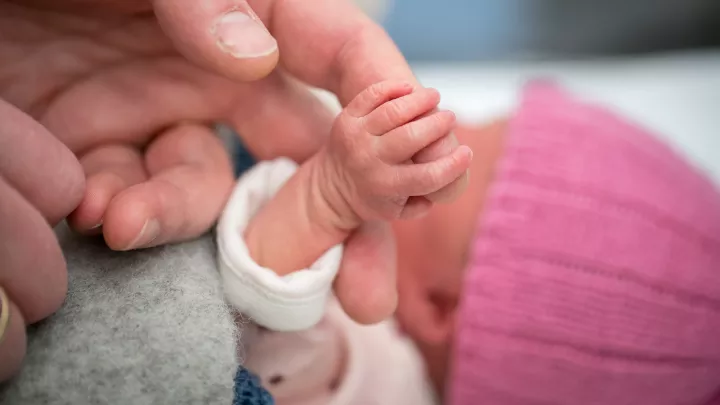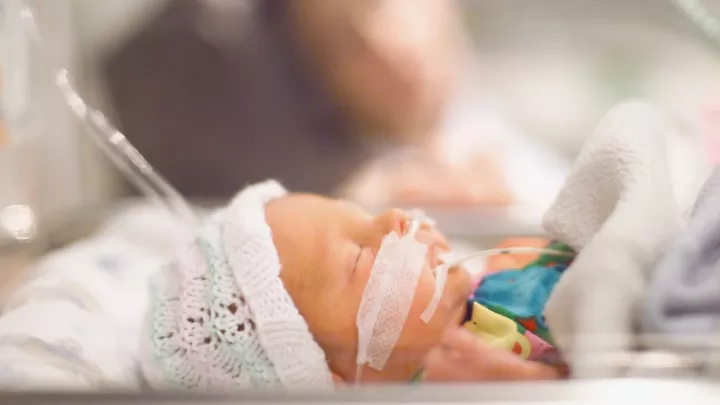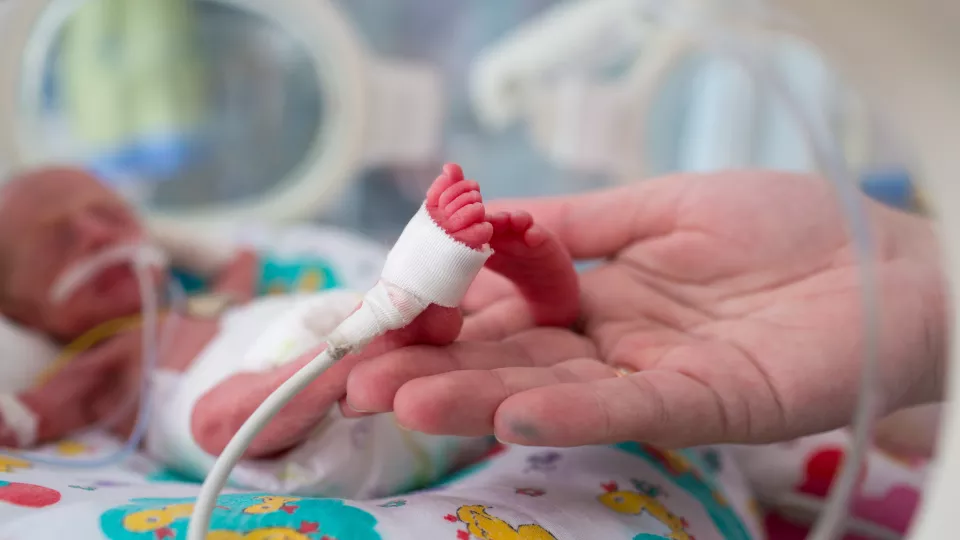
Small Baby Unit Enhances Care for Preterm Infants
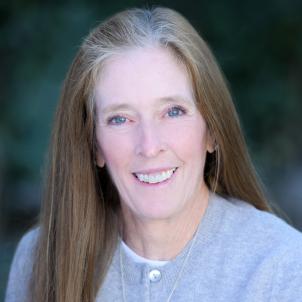
Babies born too early have unique needs. Their brain, lungs and skin are highly fragile. And they are very sensitive to the noise and bright lights of life outside the womb.
To enhance care for these tiny patients, Children’s Hospital Los Angeles recently created a Small Baby Unit. Part of the Steven & Alexandra Cohen Foundation Newborn & Infant Critical Care Unit (NICCU), the new area provides a dedicated space and specially trained team to support premature babies and their families.
“Low birthweight and extremely low birthweight babies need different care than term infants,” says Holly O’Quinn, DNP, a NICCU Clinical Nurse Specialist at CHLA. “The Small Baby Unit allows us to optimize care for these little babies and give them the best chance for the best outcomes.”
Complex, high-level care
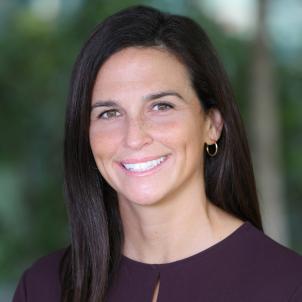
As a Level IV NICCU, Children’s Hospital Los Angeles provides the highest level of care for the most critically ill babies.
Although many of its patients are term infants, the Cohen Foundation NICCU also cares for babies born before 32 weeks. Some patients were born as young as 22 weeks, weighing just 400 to 500 grams (1 pound).
“The preterm and extremely preterm infants in our NICCU are typically critically ill, with issues beyond prematurity,” explains neonatologist Bridget DiPrisco, MD. “They come to us because they need complex, high-level care, such as surgeries or certain heart procedures.”
The Small Baby Unit groups all babies born before 32 weeks into one dedicated area of the NICCU. Patient rooms have been specially tailored for their needs, with very dim lights and less noise and foot traffic.
“We chose an area where they can be a little more secluded, with less stimulation,” O’Quinn says. “The goal is to give them the best environment they can have outside of mom to grow and develop.”
Special training and guidelines

Patients also receive care from dedicated nurses and therapists who have undergone special training in small baby care.
A multidisciplinary NICCU workgroup developed evidence-based guidelines to inform that training and better standardize care. That group included neonatologists, nurses, respiratory therapists, occupational therapists and more.
Dr. DiPrisco and O’Quinn have helped to lead the efforts, along with CHLA neonatologist Molly Easterlin, MD, MS. Dr. Easterlin participates in the Children’s Hospitals Neonatal Consortium (CHNC) Extremely Preterm Infant Focus Group, which aims to improve the care and outcomes of extremely preterm infants through national collaboration and research.
Care guidelines are based on research and cover such issues as:
Reducing the risk of brain bleeds. Guidelines include the best positioning for the baby and the optimum rate for giving fluids and medications.
- Promoting lung health. Respiratory guidelines outline recommended pressure settings for ventilators, with the goal of reducing the risk of chronic lung disease.
- Protecting delicate skin. Care teams follow detailed procedures to keep extremely fragile skin from breaking down.
- Ensuring proper positioning. Certain techniques can help prevent an extremely preterm baby from developing a flat head on one side, for example. The team also uses special wraps to keep babies’ hips and shoulders in alignment.
‘Mom did hand hugs today’
The Small Baby Unit also provides support to parents and families, who often spend months in the NICCU with their babies.
The team recently piloted the Supporting and Enhancing NICU Sensory Experiences (SENSE) program, a research-based initiative that involves nurses, occupational therapists, child life therapists and music therapists.
The program coaches parents on the level of stimulation their infant can handle week to week, based on gestational age. It then celebrates every milestone: Mom did hand hugs today. Baby got a song today. Dad read baby a story for the first time.
“It’s been incredible to see how happy and empowered the parents become through this program,” Dr. DiPrisco says. “It’s made a huge difference in their connection with their baby and what they can do for them.”
